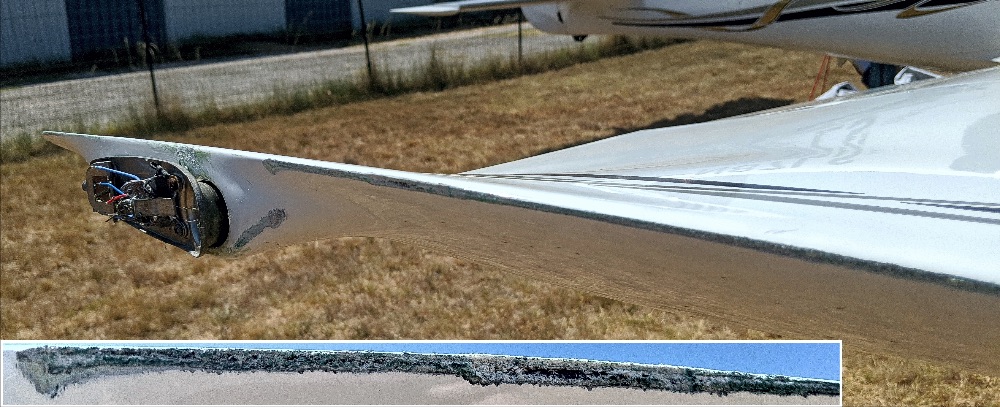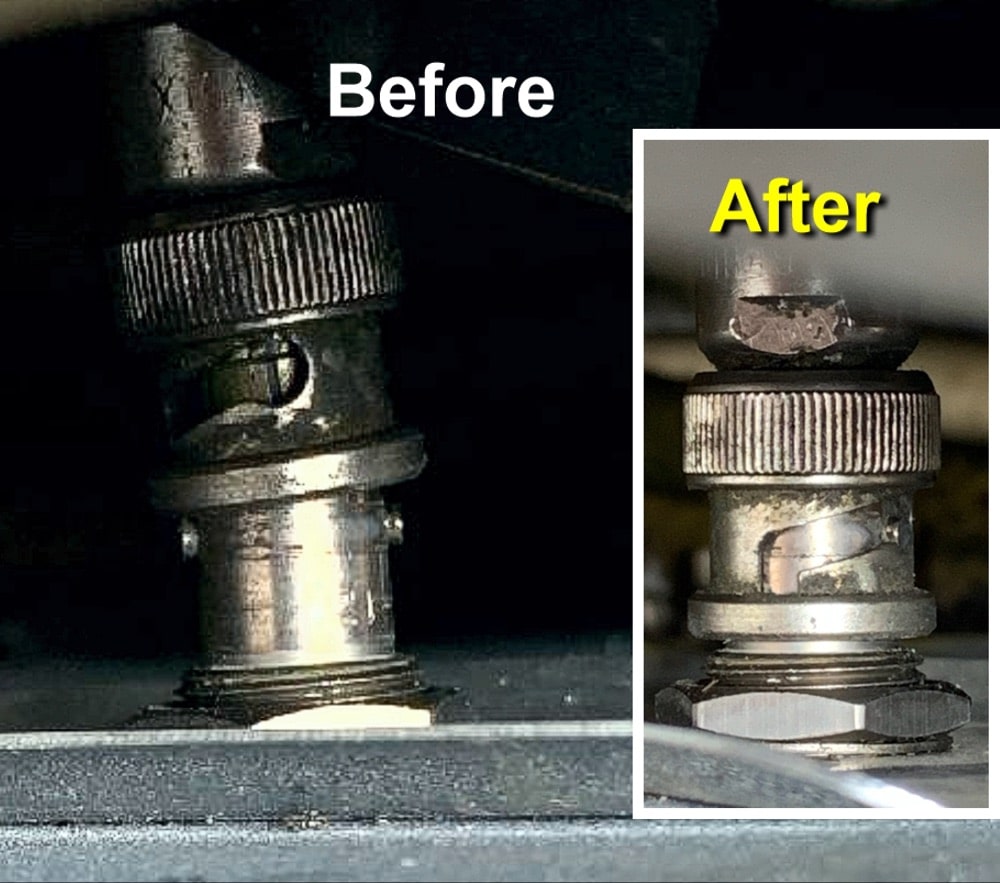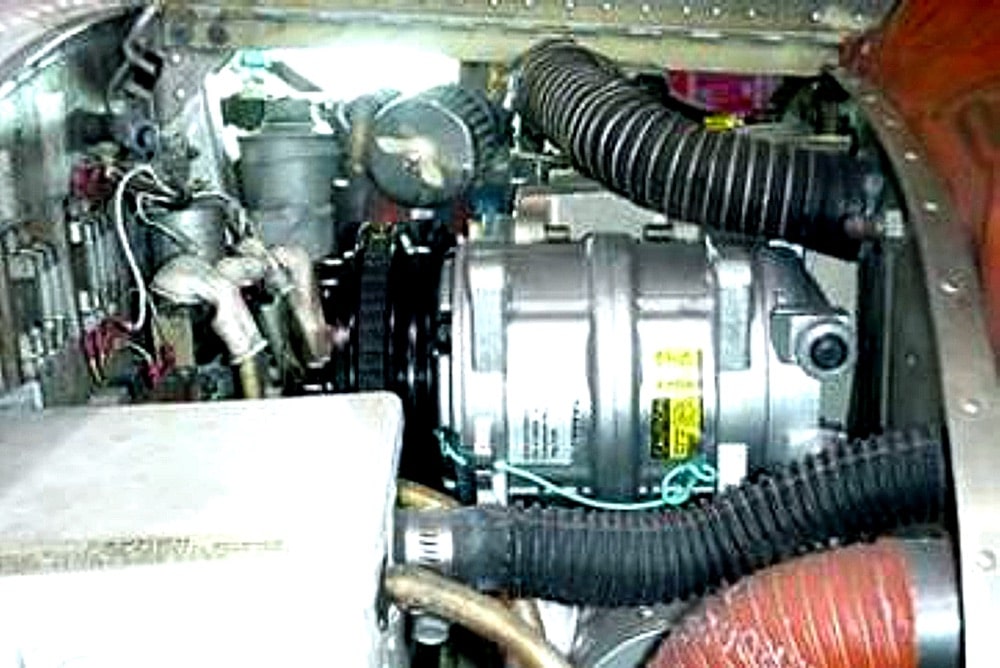Savvy Aviation’s founder and CEO Mike Busch has been an aircraft owner for more than 50 years, and uses his airplane for serious business transportation, including many dozens of transcontinental missions and hundreds of shorter ones. He’s no stranger to the aircraft owner’s worst nightmare—mechanical problems on the road. The industry has a three-letter acronym for these occurrences: AOG (“aircraft on ground”).
If you’re an aircraft owner, an AOG tends to be a distressing and emotional event. You’re typically stuck somewhere you don’t want to be, far from your trusted shop or mechanic, and at the mercy of strangers with unknown competence and trustworthiness. To make matters worse, these things usually happen at the worst possible times—nights, weekends, holidays—and often when you’re under pressure to get somewhere on time.
Mike found it strange that there was no 24/7 breakdown assistance service for private planes comparable to the sort of roadside assistance that AAA provides for motorists in distress. A little research revealed that general aviation aircraft were the only category of owner-operated motor vehicle that didn’t have such a service available. Such services existed for cars, RVs, boats, snowmobiles and jet skis…but inexplicably not for private planes. Mike decided to fill that vacuum.
In 2016, Savvy Aviation launched its SavvyBreakdown breakdown assistance service, providing a 24/7 toll-free hotline for aircraft owners in distress. Four years later, thousands of aircraft owners are enrolled in this program. Callers to Savvy’s hotline receive a callback within minutes from one of Savvy’s veteran A&P/IAs who work with them to diagnose the problem, assess its safety and airworthiness implications, and create a plan to get the aircraft back in the air ASAP.
To give you a taste of the sort of issues we deal with at SavvyBreakdown, here’s a trio of recent AOGs that prompted calls to the hotline…
A Scrape in the South of France
Jersey is one of the Channel Islands in the English Channel. Although it’s close to Normandy, France it is actually an English-speaking British Crown protectorate with a population of about 100,000. Tanner lives there, and uses his Cirrus SR22 to make business trips throughout Europe.

Late one Saturday night, Tanner landed his Cirrus at a small airfield in the south of France. It was pitch dark on the ramp, and while maneuvering the airplane onto the grass transient parking area he got a bit too close to a perimeter fence and scraped his right wingtip. The fence unceremoniously tore the combined position and strobe light assembly off the wingtip, and scraped off some of the composite material as well. Upon egressing the cockpit and inspecting the wingtip with a flashlight, Tanner concluded that it looked pretty ugly and that he was AOG.
By now, the sun was starting to come up in southern France. Tanner called Savvy’s 24/7 hotline, and four minutes later was contacted by Tony Barrell A&P/IA, one of Savvy’s most experienced Cirrus experts who had spent 15 years managing the Cirrus Authorized Service Center in Columbus, Ohio before joining Savvy. It was 4 am in Ohio and though Tony is habitually an early riser, Tanner’s call in the wee hours of Sunday morning woke him up.
Tanner sent Tony some smartphone photos of the damaged wingtip, and Tony was able to determine that there was no structural damage and that a quick-and-dirty temporary repair with resin from a fiberglass repair kit would suffice to let Tanner fly the airplane to a location where a proper repair to the composite wingtip could be made.
The peeled off position/strobe light assembly was another matter. It would need to be replaced. Cirrus quoted $2,500 for a replacement assembly, but Tony advised Tanner that this was way out of line. A little research revealed that the assembly was a standard module from Whelen that cost less than $1,000 for both left and right wingtips combined, and that it was available on an overnight basis from a distributor in Paris.
Tanner was able to get his damaged wingtip resin-repaired the same day and the replacement Whelen light assembly installed by noon the next day. By afternoon, he flew home uneventfully.
The ADS-B Out Disconnection

Meanwhile, Dave’s 1965 Mooney M20E was on its last trip prior to commencing its annual inspection when Dave discovered that his less-than-a-year-old ADS-B Out installation had gone inoperative. It was Sunday, of course, so there were no maintenance or avionics shops open. Not wanting to check into the local Motel 6, Dave decided to call Savvy’s breakdown hotline.
Savvy’s Tom Cooper A&P/IA phoned Dave within a few minutes, but once he learned the nature of Dave’s issue, Tom concluded this one was above his pay grade and brought in Savvy’s avionics guru Mark Colman. Following Mark’s expert coaching, Dave was quickly able to locate the problem—an improperly secured transponder antenna cable connector that had vibrated loose. Once this problem was located, it took Dave about 15 seconds to push the BNC connector into place and secure it with a quarter twist until it locked in place.
No longer AOG, Dave was back in the air where ATC verified that his ADS-B Out was working just fine.
One Hot Bo

Two weeks later to the day—AOGs always seem to happen on Sundays, don’t they?—Carl called the hotline to report that the air conditioning in his 2005 Beechcraft Bonanza A36 had stopped working in flight. When he opened the cowling doors after landing, Carl discovered that the A/C compressor drive belt had snapped and there was oil leaking from the compressor.
Tom Cooper fielded that call, too. After conversing by phone, Tom advised Carl to remove the broken belt from the engine compartment and clean up the oil as best he could. Tom then asked Carl to inspect the air conditioner drive at the rear of the Continental engine’s starter drive adapter and make sure it wasn’t damaged or leaking engine oil. Carl reported that it wasn’t, so Tom suggested that Carl pull the A/C circuit breaker, placard the A/C switch INOP with a Post-It note, fly home, and have his regular shop determine the cause of the compressor problem. He further advised Carl that if the compressor needed to be replaced, the receiver-dryer would also require replacement.
The next day, Tom contacted Carl once again to make sure he’d gotten home safely. Carl reported that his flight home seemed uneventful, but that upon arriving home he found that there was some additional oil leakage at the rear of the engine. After some further dialog with Carl, Tom concluded that the leakage was actually at the drive shaft where it protrudes from the rear of the starter drive adapter, rather than being at the compressor. Carl reported this to his regular mechanic, and then told Tom he felt the mechanic “had the situation under control.”
“This is my first experience with SavvyBreakdown,” Carl said, “and I’m very impressed.”
As these experiences of Tanner, Dave and Carl illustrate, aircraft owners can find themselves AOG when they least expect it—often in places and on days where local help is difficult or impossible to find. That’s why a low-cost subscription to SavvyBreakdown can be invaluable. No matter when “stuff” happens or where you are when it does (even France!), a call to Savvy’s 24/7 hotline will have you talking to one of our A&P/IAs within minutes. Savvy’s veteran account managers are specially trained to work with you to diagnose problems quickly and help get you back in the air ASAP.
You have roadside assistance for your car, don’t you? For an annual fee that’s less than the cost of a tank of avgas, doesn’t it make sense to have breakdown assistance for your aircraft?
You bought a plane to fly it, not stress over maintenance.
At Savvy Aviation, we believe you shouldn’t have to navigate the complexities of aircraft maintenance alone. And you definitely shouldn’t be surprised when your shop’s invoice arrives.
Savvy Aviation isn’t a maintenance shop – we empower you with the knowledge and expert consultation you need to be in control of your own maintenance events – so your shop takes directives (not gives them). Whatever your maintenance needs, Savvy has a perfect plan for you: